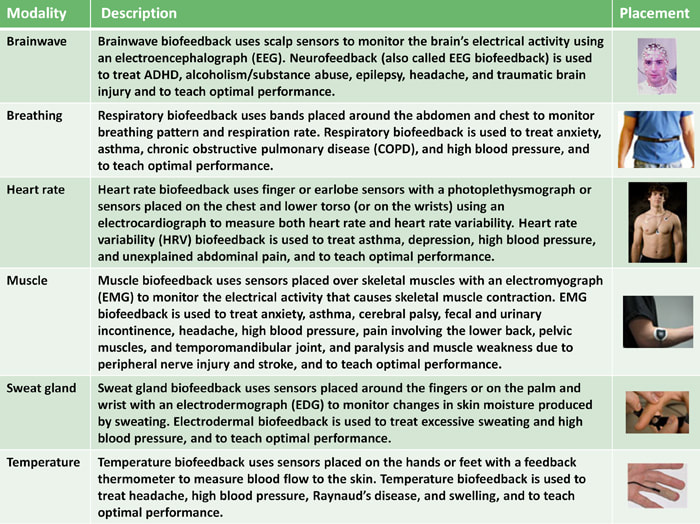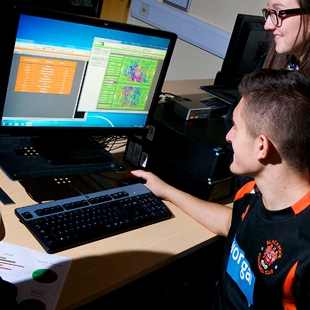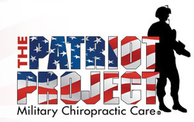Biofeedback

Biofeedback is the process of providing real time information from psychophysiological recordings about the levels at which physiological systems are functioning. Electronic biofeedback devices are designed to record physiological functions non-invasively. Most record from the surface of the skin. The information recorded by surface sensors is frequently sent to a computer for processing and then displayed on the monitor and / or through speakers. The person being recorded and any therapist or coach who may be present can attend to the display of information and incorporate it into whatever process they are attempting to perform. The device does not send anything directly back into the person being recorded. The loop is completed only when the person being recorded attends to and uses the displayed information.
What is biofeedback?
“Biofeedback is a process that enables an individual to learn how to change physiological activity for the purposes of improving health and performance. Precise instruments measure physiological activity such as brainwaves, heart function, breathing, muscle activity, and skin temperature. These instruments rapidly and accurately "feed back" information to the user. The presentation of this information — often in conjunction with changes in thinking, emotions, and behavior — supports desired physiological changes. Over time, these changes can endure without continued use of an instrument."(AAPB, 2019).
Biofeedback and has been shown to be an effective treatment for migraine and tension type headache, urinary incontinence, high blood pressure, anxiety, and a number of other conditions. A growing body of research indicates that neurofeedback, (also known as EEG biofeedback) is an effective treatment for attention deficit hyperactivity disorder and can help manage the symptoms of autistic spectrum disorders, brain injury, post-traumatic stress, seizures, depression, and post-concussion symptoms. Corporate executives, musicians, artists, and athletes, including some Olympic medal winners, use biofeedback and neurofeedback to reach their peaks in competition and performance.
What is biofeedback?
“Biofeedback is a process that enables an individual to learn how to change physiological activity for the purposes of improving health and performance. Precise instruments measure physiological activity such as brainwaves, heart function, breathing, muscle activity, and skin temperature. These instruments rapidly and accurately "feed back" information to the user. The presentation of this information — often in conjunction with changes in thinking, emotions, and behavior — supports desired physiological changes. Over time, these changes can endure without continued use of an instrument."(AAPB, 2019).
Biofeedback and has been shown to be an effective treatment for migraine and tension type headache, urinary incontinence, high blood pressure, anxiety, and a number of other conditions. A growing body of research indicates that neurofeedback, (also known as EEG biofeedback) is an effective treatment for attention deficit hyperactivity disorder and can help manage the symptoms of autistic spectrum disorders, brain injury, post-traumatic stress, seizures, depression, and post-concussion symptoms. Corporate executives, musicians, artists, and athletes, including some Olympic medal winners, use biofeedback and neurofeedback to reach their peaks in competition and performance.
Biofeedback is a gentle, non-intrusive method using electronic devices to monitor and to present biological information back to an individual, who can then learn to control the process being monitored. This self-regulating procedure provides immediate information about your body/mind system, allowing your brain and body to readjust and create a new balance. Breathing relaxation utilizing heart rate variability (HRV) is one example of a biofeedback modality that I use with my clients. I will use other types of biofeedback when necessary, such as skin conductance, temperature, respiration, and muscle tension training.







